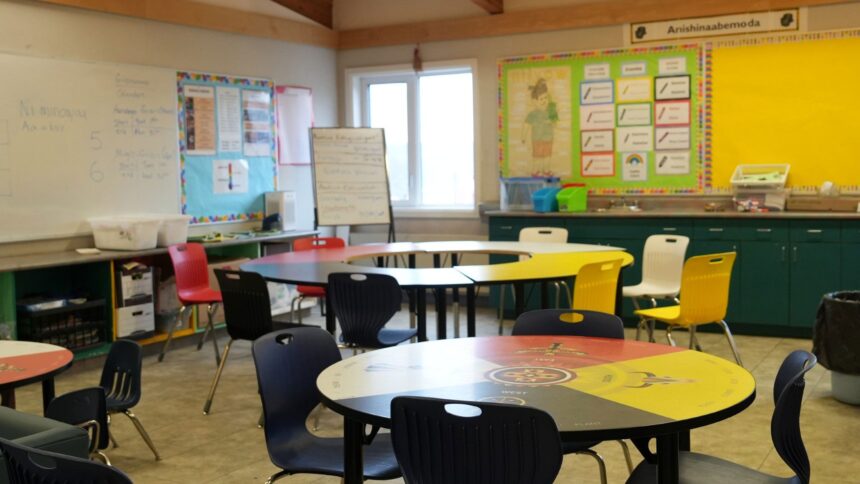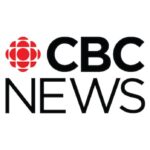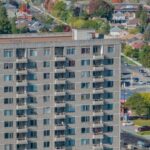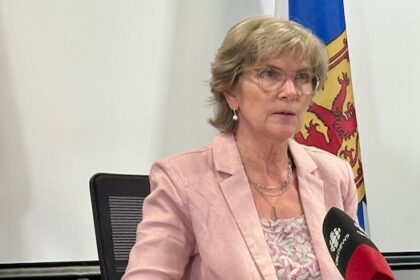Five years after it was first filed, a complaint challenging how government funds education, filed by the Mississaugas of the Credit First Nation in Ontario, is heading to the Canadian Human Rights Tribunal (CHRT). According to the complaint, the federal government is still treating First Nations children unfairly when it comes to school funding. The case will test whether Ottawa’s “interim” education-funding model still discriminates against First Nations children. “ For far too long, First Nation students have faced barriers that no child should ever have to face. The simple truth is this, our children deserve the same opportunities and the same respect as every other child here in Canada,” said Ogimaa-Kwe (Chief) Claire Sault. The argument at the heart of the complaint is that by copying how provinces fund schools, the federal government has kept things unequal. Services to meet the needs of First Nations children cost more, so they still aren’t getting the same opportunities as other students in Canada. The outcome of the case could change how First Nations schools across Ontario are funded. “This case is not just about the Mississaugas of the credit. It’s about all First Nations children across Ontario who continue to experience inequities in education because of underfunding,” said Sault. “We stand here not only for our own community, but for every first nation that has walked the same difficult path toward fairness and equality.” The CHRT, Tribunal, is an independent, quasi-judicial body that hears discrimination cases under federal law and can order remedies if it finds someone’s rights were violated. The Mississaugas of the Credit First Nation is asking the CHRT to order the federal government to step up its funding—starting now. They want Ottawa to cover the full cost of services that each First Nation says its students need, not just what the current model allows. They’re also calling for a new funding system, designed and led by First Nations, to replace the one they say is failing kids. Other remedies would be decided later if the tribunal agrees that their rights have been violated. The hearings began on Oct. 27 with the opening day held in person at the Mississaugas of the Credit First Nation Community Centre. How funding works In 2019, Ottawa changed how it funds education on reserves, promising to give First Nations schools about the same amount of funding as nearby provincially-run public schools. But the First Nation says “the same” funding isn’t fair. It says it doesn’t meet the legal standard of substantive equality. In their complaint, they listed several reasons that it costs more to offer an equal level of education on reserve, showing why the same funding doesn’t get the same results for kids. In their complaint, they say many First Nations students need extra help due to the long-lasting effects of residential schools, racism, and decades of underfunding. They also say culture and language programs are key to helping students succeed— but cost extra money to run. The federal government says it provides $1,500 per student for this, but the First Nation says that amount doesn’t cover the actual cost of programs. More: After 10 years, a number of TRC calls to action remain unanswered Indigenous Services Canada fails to deliver on most promises, says auditor general No board, no ministry, no backup The complaint also states that the education system on reserves is fundamentally different and faces disadvantages, including fewer supports, higher costs, and no shared infrastructure. Trying to fund both systems the same way, the nation says, only deepens the inequality. Provincial school boards save money because they serve thousands of students and can share staff and resources between schools. First Nations don’t have that option. A single community may have just one school, so they often have to hire specialists—like speech or language therapists—on contract, paying higher rates and extra travel costs. School boards also get help from the province, including curriculum development, bargaining, and legal support. First Nations have to handle all of that themselves, without the same infrastructure or backup, which drives up costs. Many First Nation schools are still building their systems from the ground up and struggle to hire and keep staff. On top of that, there’s no provincial-style framework to guide how special education decisions are made or appealed, meaning First Nations must build those processes on their own, often at a much higher cost. Fly-in Communities The case also highlights the extra challenges facing fly-in communities. More than half of the students in First Nation-run schools in Ontario live in remote communities accessible only by air. Running schools in these areas costs a lot more—everything from teacher housing to basic utilities is more expensive. The federal government says it’s providing extra money for these communities, but the First Nation says it still falls short of what’s actually needed. Additional hearing dates are scheduled throughout the fall and will take place virtually. Continue Reading
Mississaugas of the Credit challenge federal education funding at human rights tribunal

Leave a Comment










